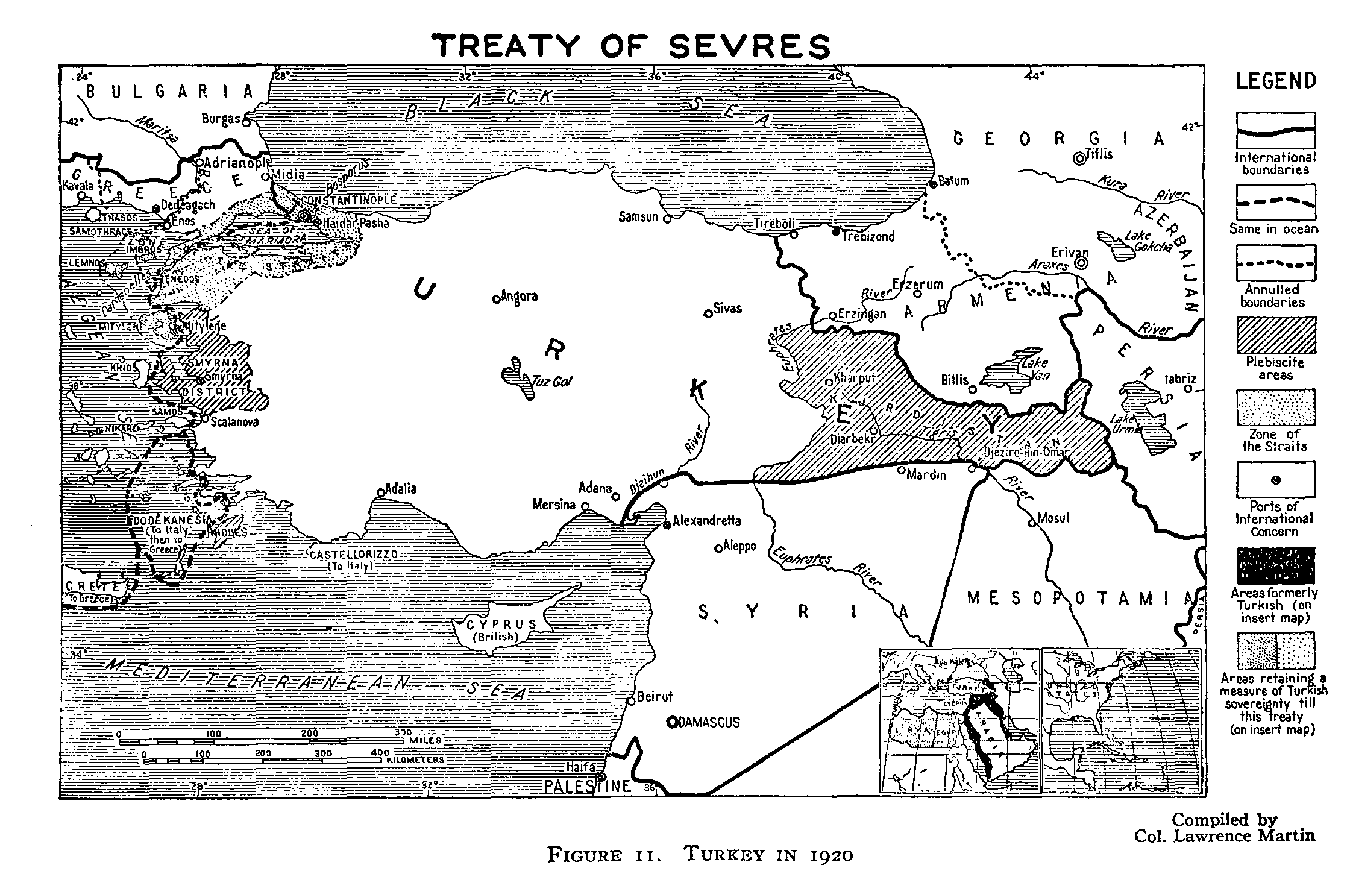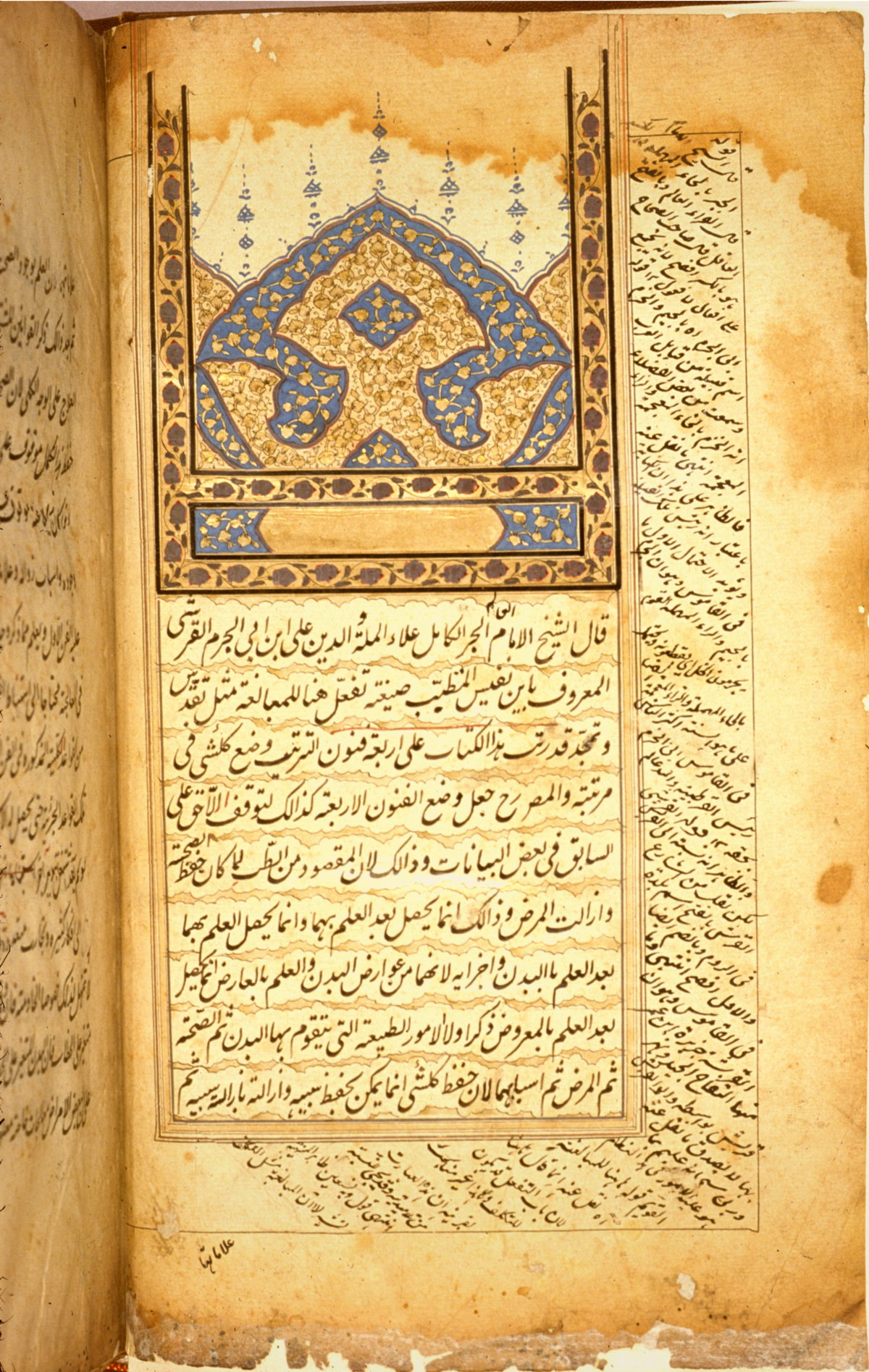|
Amadîn
Amadin or ‘Imād ad-Dīn () was a 13th-century Yazidi saint. He was a member of the 'Adawiyya order of Sufism. He was known throughout Kurdistan Kurdistan (, ; ), or Greater Kurdistan, is a roughly defined geo- cultural region in West Asia wherein the Kurds form a prominent majority population and the Kurdish culture, languages, and national identity have historically been based. G ... for healing stomach pains. Family tree Amadin was one of the nine sons of Sheikh Shems. He is associated with healing stomach pains. References 13th-century births 13th-century deaths 13th-century Kurdish people Yazidi holy figures {{MEast-bio-stub ... [...More Info...] [...Related Items...] OR: [Wikipedia] [Google] [Baidu] |
Sheikh Shems
Sheikh Shems or Melek Shams ad-Din () is a holy figure venerated in Yazidism, he is considered one of the Seven Divine Beings, to all of whom God assigned the World's affairs, and his earthly incarnation is considered one of the four sons of Ezdina Mir along with Nasirdîn, Fexredîn, and Sicadîn, who are the respective ancestors and patriarchs of the four Şemsanî Sheikh lineages. Biography Sêx Şems, also known as Şêşims, and Şemsedîn, is one of the members of the Heptad and one of the most fundamental theological symbols in Yazidism as the divinity of the Sun, source of light and life, the divine light of God. He is also linked with fire, which is his terrestrial counterpart and oaths, which are sworn by the doorway of his shrine. Annually, during the Feast of the Assembly, a ceremonial bull sacrifice is performed in front of his shrine in Lalish Lalish (, also known as Lalişa Nûranî) is a mountain valley and temple located in the Nineveh Plains, Iraq. It is ... [...More Info...] [...Related Items...] OR: [Wikipedia] [Google] [Baidu] |
Pir (Sufism)
''Pir'' () or ''Peer'' is a title for a Sufi spiritual guide. They are also referred to as a '' Hazrat'' (from ) . The title is often translated into English as "saint". In Sufism, a Pir's role is to guide and instruct his disciples on the Sufi path. This is often done by general lessons (called ''Suhbas'') and individual guidance. Other words that refer to a Pir include ''Murshid'' () and ''Sarkar'' (). The title ''Pir Baba'' (from ) is common in the Indian subcontinent used as a salutation to Sufi masters or similarly honored persons. After their death, people visit their tombs or mausolea, referred to as dargah or maqbara. An alternative title is Pirzada or Peerzada. The people having this title are also called Shah. The title is most used by Pirs of Sindh. The title is common in Iran, India and Afghanistan. Pir-o-Murshid is a Persian term that is often used in Sufism Sufism ( or ) is a mysticism, mystic body of religious practice found within Islam which is ch ... [...More Info...] [...Related Items...] OR: [Wikipedia] [Google] [Baidu] |
Yazidi
Yazidis, also spelled Yezidis (; ), are a Kurdish-speaking endogamous religious group indigenous to Kurdistan, a geographical region in Western Asia that includes parts of Iraq, Syria, Turkey, and Iran. The majority of Yazidis remaining in the Middle East today live in Iraq, primarily in the governorates of Nineveh and Duhok. There is a disagreement among scholars and in Yazidi circles on whether the Yazidi people are a distinct ethnoreligious group or a religious sub-group of the Kurds, an Iranic ethnic group. Yazidism is the ethnic religion of the Yazidi people and is monotheistic in nature, having roots in a pre-Zoroastrian Iranic faith. Since the spread of Islam began with the early Muslim conquests of the 7th–8th centuries, Yazidis have faced persecution by Arabs and later by Turks, as they have commonly been charged with heresy by Muslim clerics for their religious practices. Despite various state-sanctions in the Ottoman Empire, Yazidis historically have lived ... [...More Info...] [...Related Items...] OR: [Wikipedia] [Google] [Baidu] |
Adawiyya
Adawiyya (; ), also pejoratively known as Yazidiyya (; ), was a Sunni Sufi order founded by Adi ibn Musafir in Kurdistan. Adawiyya was a syncretic and heterodox sect, heavily influenced by Pre-Islamic religions. It later evolved into Yazidism. Origins The Adawiyya order was founded by Sheikh Adi ibn Musafir. Adi ibn Musafir was from the Umayyad dynasty, born around 1075 in a village known as Bait Far, near Baalbek in the Beqaa Valley in Lebanon. From his remote village, he travelled to Baghdad to study Sufism. Later, in the 11th century, he moved to Lalish, inhabited mainly by the Hakkari and Dasini tribes. The region was very dangerous and isolated at the time, as many Kurds had not converted to Islam and were hostile to outsiders. He was based in Lalish, where he founded the Adawiyya order. Abdulqadir Gilani had studied with Sheikh Adi in Baghdad, and helped Sheikh Adi settle in Kurdistan. Sheikh Adi was influenced by various Sufi sheikhs, including Abdulqadir Gilani, al-G ... [...More Info...] [...Related Items...] OR: [Wikipedia] [Google] [Baidu] |
Sufism
Sufism ( or ) is a mysticism, mystic body of religious practice found within Islam which is characterized by a focus on Islamic Tazkiyah, purification, spirituality, ritualism, and Asceticism#Islam, asceticism. Practitioners of Sufism are referred to as "Sufis" (from , ), and historically typically belonged to "orders" known as (pl. ) — congregations formed around a grand (saint) who would be the last in a Silsilah, chain of successive teachers linking back to Muhammad, with the goal of undergoing (self purification) and the hope of reaching the Maqam (Sufism), spiritual station of . The ultimate aim of Sufis is to seek the pleasure of God by endeavoring to return to their original state of purity and natural disposition, known as . Sufism emerged early on in Islamic history, partly as a reaction against the expansion of the early Umayyad Caliphate (661–750) and mainly under the tutelage of Hasan al-Basri. Although Sufis were opposed to dry legalism, they strictly obs ... [...More Info...] [...Related Items...] OR: [Wikipedia] [Google] [Baidu] |
Kurdistan
Kurdistan (, ; ), or Greater Kurdistan, is a roughly defined geo- cultural region in West Asia wherein the Kurds form a prominent majority population and the Kurdish culture, languages, and national identity have historically been based. Geographically, Kurdistan roughly encompasses the northwestern Zagros and the eastern Taurus mountain ranges. Kurdistan generally comprises the following four regions: southeastern Turkey ( Northern Kurdistan), northern Iraq ( Southern Kurdistan), northwestern Iran ( Eastern Kurdistan), and northern Syria ( Western Kurdistan). Some definitions also include parts of southern Transcaucasia. Certain Kurdish nationalist organizations seek to create an independent nation state consisting of some or all of these areas with a Kurdish majority, while others campaign for greater autonomy within the existing national boundaries. The delineation of the region remains disputed and varied, with some maps greatly exaggerating its boundaries. Histori ... [...More Info...] [...Related Items...] OR: [Wikipedia] [Google] [Baidu] |
13th-century Births
The 13th century was the century which lasted from January 1, 1201 (represented by the Roman numerals MCCI) through December 31, 1300 (MCCC) in accordance with the Julian calendar. The Mongol Empire was founded by Genghis Khan, which stretched from Eastern Asia to Eastern Europe. The conquests of Hulagu Khan and other Mongol invasions changed the course of the Muslim world, most notably the Siege of Baghdad (1258) and the destruction of the House of Wisdom. Other Muslim powers such as the Mali Empire and Delhi Sultanate conquered large parts of West Africa and the Indian subcontinent, while Buddhism witnessed a decline through the conquest led by Bakhtiyar Khilji. The earliest Islamic states in Southeast Asia formed during this century, most notably Samudera Pasai. The Kingdoms of Sukhothai and Hanthawaddy would emerge and go on to dominate their surrounding territories. Europe entered the apex of the High Middle Ages, characterized by rapid legal, cultural, and religious ... [...More Info...] [...Related Items...] OR: [Wikipedia] [Google] [Baidu] |
13th-century Deaths
The 13th century was the century which lasted from January 1, 1201 (represented by the Roman numerals MCCI) through December 31, 1300 (MCCC) in accordance with the Julian calendar. The Mongol Empire was founded by Genghis Khan, which stretched from Eastern Asia to Eastern Europe. The conquests of Hulagu Khan and other Mongol invasions changed the course of the Muslim world, most notably the Siege of Baghdad (1258) and the destruction of the House of Wisdom. Other Muslim powers such as the Mali Empire and Delhi Sultanate conquered large parts of West Africa and the Indian subcontinent, while Buddhism witnessed a decline through the conquest led by Bakhtiyar Khilji. The earliest Islamic states in Southeast Asia formed during this century, most notably Samudera Pasai Sultanate, Samudera Pasai. The Kingdoms of Sukhothai Kingdom, Sukhothai and Hanthawaddy Kingdom, Hanthawaddy would emerge and go on to dominate their surrounding territories. Europe entered the apex of the High Middle ... [...More Info...] [...Related Items...] OR: [Wikipedia] [Google] [Baidu] |
13th-century Kurdish People
The 13th century was the century which lasted from January 1, 1201 (represented by the Roman numerals MCCI) through December 31, 1300 (MCCC) in accordance with the Julian calendar. The Mongol Empire was founded by Genghis Khan, which stretched from Eastern Asia to Eastern Europe. The conquests of Hulagu Khan and other Mongol invasions changed the course of the Muslim world, most notably the Siege of Baghdad (1258) and the destruction of the House of Wisdom. Other Muslim powers such as the Mali Empire and Delhi Sultanate conquered large parts of West Africa and the Indian subcontinent, while Buddhism witnessed a decline through the conquest led by Bakhtiyar Khilji. The earliest Islamic states in Southeast Asia formed during this century, most notably Samudera Pasai. The Kingdoms of Sukhothai and Hanthawaddy would emerge and go on to dominate their surrounding territories. Europe entered the apex of the High Middle Ages, characterized by rapid legal, cultural, and religious e ... [...More Info...] [...Related Items...] OR: [Wikipedia] [Google] [Baidu] |





